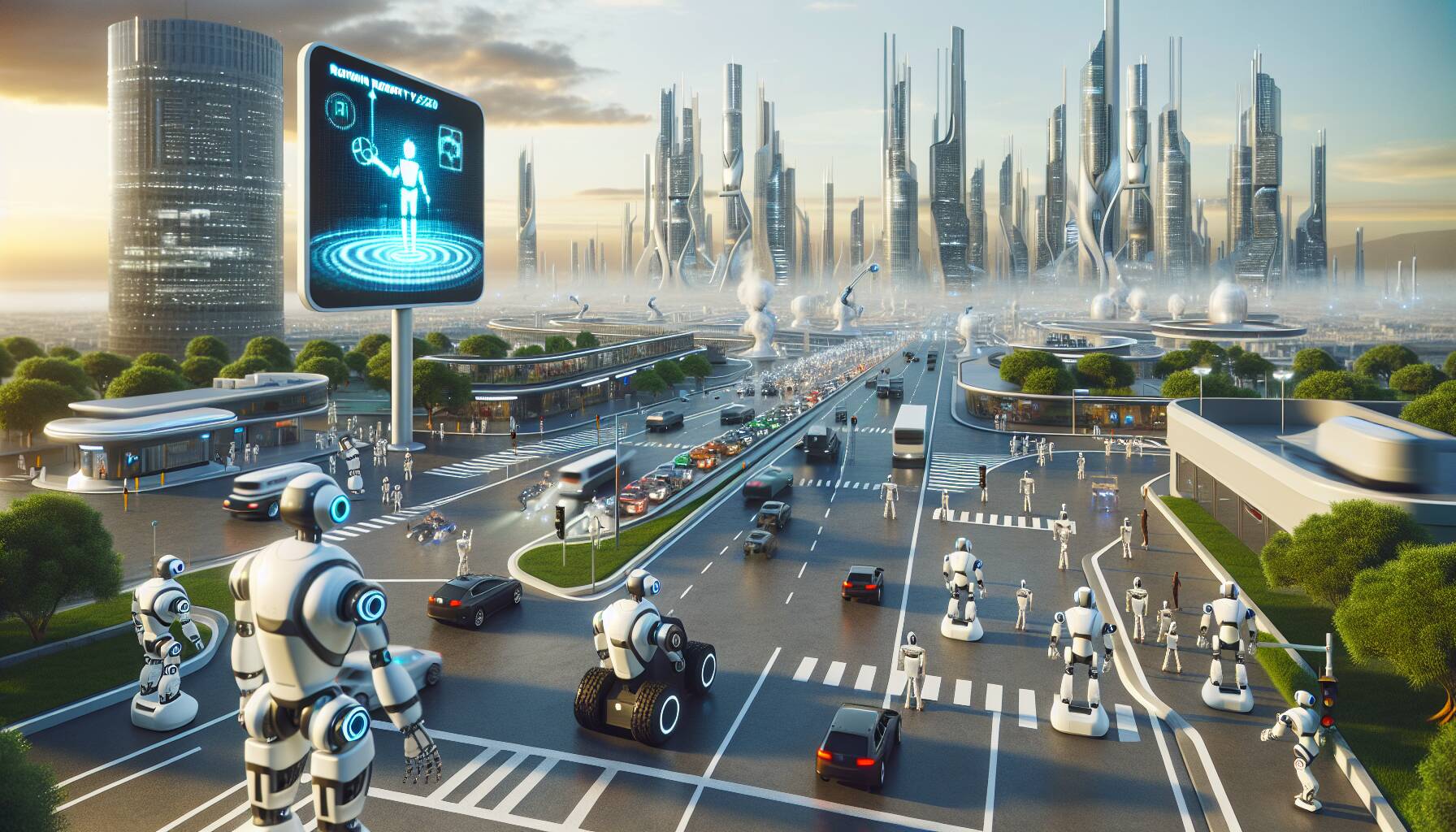Neura, a forward-thinking company in the tech industry, is making waves with its ambitious goal to produce a staggering 5 million robots by 2030. This strategic move comes as a response to the growing demand for automation and robotics across various sectors.
What sets Neura apart is its impressive track record, having already secured €1 billion in orders. This significant financial backing not only illustrates the confidence investors have in Neura’s vision but also highlights a notable shift in the market toward integrating robotic solutions in everyday operations.
“The future of robotics is not just about innovation; it’s about scalability and demand. Neura is poised to lead this revolution,”
As the industry evolves, companies like Neura are stepping into the spotlight, emphasizing the transformative potential of robotics. With ambitious production targets and a robust order book, Neura is on a trajectory that could redefine how we interact with technology in both personal and professional realms. Watch closely as this story unfolds, revealing how Neura will navigate the challenges and opportunities that lie ahead in the ever-evolving landscape of automation.

Neura’s Ambitious Robotics Initiative
Neura aims to produce 5 million robots by 2030, a move expected to reshape industries and daily life.
- Production Goal: Neura plans to manufacture 5 million robots.
- Financial Backing: The company has secured €1 billion in orders, indicating strong market demand.
- Industry Impact: This initiative could lead to increased automation across various sectors, potentially improving efficiency.
- Job Market Changes: As robots become more prevalent, certain job roles may evolve or diminish, prompting the need for workforce adaptation.
- Consumer Influence: The integration of robots in everyday tasks might improve quality of life but could also raise ethical concerns regarding reliance on technology.
The future of robotics as envisioned by Neura is likely to alter personal and professional landscapes significantly.
Neura’s Ambitious Robotics Goal: A Game Changer in the Tech Industry
Neura has set a formidable target of producing 5 million robots by 2030, highlighting a bold vision for the future of automation and robotics. With €1 billion in orders already secured, the company is positioning itself as a leader in the rapidly evolving tech landscape. This move places Neura in direct competition with established robotics firms that have been experimenting with automation for years.
One notable competitor in this space is Boston Dynamics, known for its advanced robotic systems and innovative designs. While Boston Dynamics has earned acclaim for its sophisticated robots, it primarily focuses on niche applications, which may limit its scalability and market penetration compared to Neura’s broad production goal. On the other hand, iRobot, a leader in consumer-grade robots, faces the challenge of expanding its product line to keep pace with Neura’s aggressive manufacturing pace. This could lead to a decisive advantage for Neura in securing a larger market share across various sectors, from industrial applications to everyday consumer use.
However, Neura’s ambitious plans aren’t without challenges. The logistics of ramping up to 5 million units by 2030 entails significant investments in manufacturing infrastructure and supply chain management. This could pose a substantial operational risk, particularly if market demand fluctuates, potentially leaving Neura vulnerable to financial strain if the anticipated volume of orders doesn’t materialize. Furthermore, while the demand for automation is rising, concerns about job displacement and ethical implications surrounding robotics may spark public resistance, presenting a potential disadvantage for Neura as it seeks to expand its footprint.
In terms of market impact, Neura’s success could benefit a wide range of industries, from manufacturing to healthcare, providing advanced solutions that enhance productivity and reduce labor costs. Conversely, traditional labor sectors might find themselves at odds with Neura’s technological advancements, leading to job displacement in roles that are increasingly automated. This dynamic may foster a push for retraining initiatives and policies to address workforce transitions.















